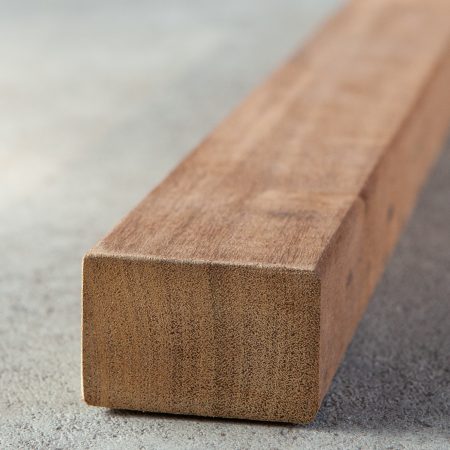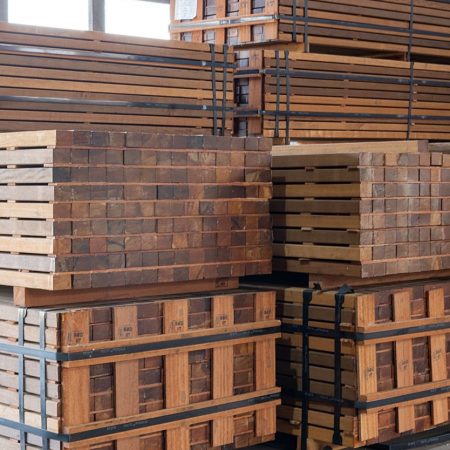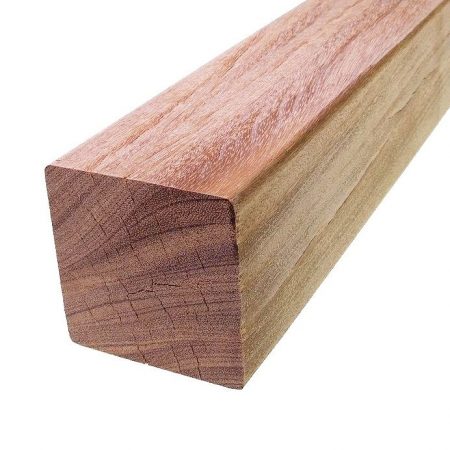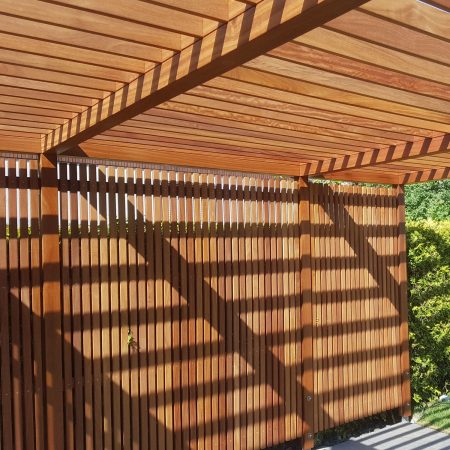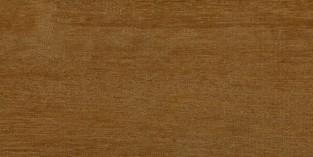
|
Origin |
Northern to central South America |
|
bulk density |
1070 kg / m³ |
|
durability class |
1 |
|
Compressive strength u12-15 |
60-75N/mm² |
|
Bending strength u12-15 |
80-130N/mm² |
|
Modulus of elasticity (bending) u12-15 |
12-300 N/mm² |
|
Modulus of elasticity (bending) u12-15 |
12-300 N/mm² |
|
Hardness (JANKA) ⊥, converted |
5,0-7,5kN |
|
Hardness (BRINELL) ⊥ to fiber u12-15 |
23-31N/mm² |
|
Tangential shrinkage |
4,3% |
|
wood color |
yellow-brown to dark brown |
|
wood structure |
fine-pored and dense |
|
Usage |
Terrace wood |
Itaúba, from the genus Mezilaurus and the family Lauraceae, is characterized by excellent natural durability and strength values. In contrast to other Laurazeen woods, the focus here is less on the aroma. High density, polyterpenes and flavonoid ingredients give the wood its robust properties. The increased demand, especially in gardening and landscaping, highlights Itaúba's importance in the timber industry, despite its limited distribution area. Available certified, this type of wood is increasingly gaining global attention.
A medium brown to yellowish brown wood with some striking color deposits, it impresses with its greasy teak-like surface. When wet, processing is uncomplicated, while when the wood is dry, the high silica content can affect the service life of tool cutting edges. Planed surfaces are velvety smooth but require sharp tools. Good nail retention requires pre-drilled holes due to high hardness. Drying requires care as shrinkage stresses tend to cause deformation and cracking.
Due to its positive technical properties, the wood is enjoying increasing popularity in terrace construction. In addition to its use as a substructure, it is also used as a decking board, whereby dark, blotchy discolorations occasionally occur in the visible area, which occur as a result of dark core materials being stored in the living tree. However, these turn gray under weathering and adapt to the rest of the wood colour.
Sources: Wood ABC GD wood


